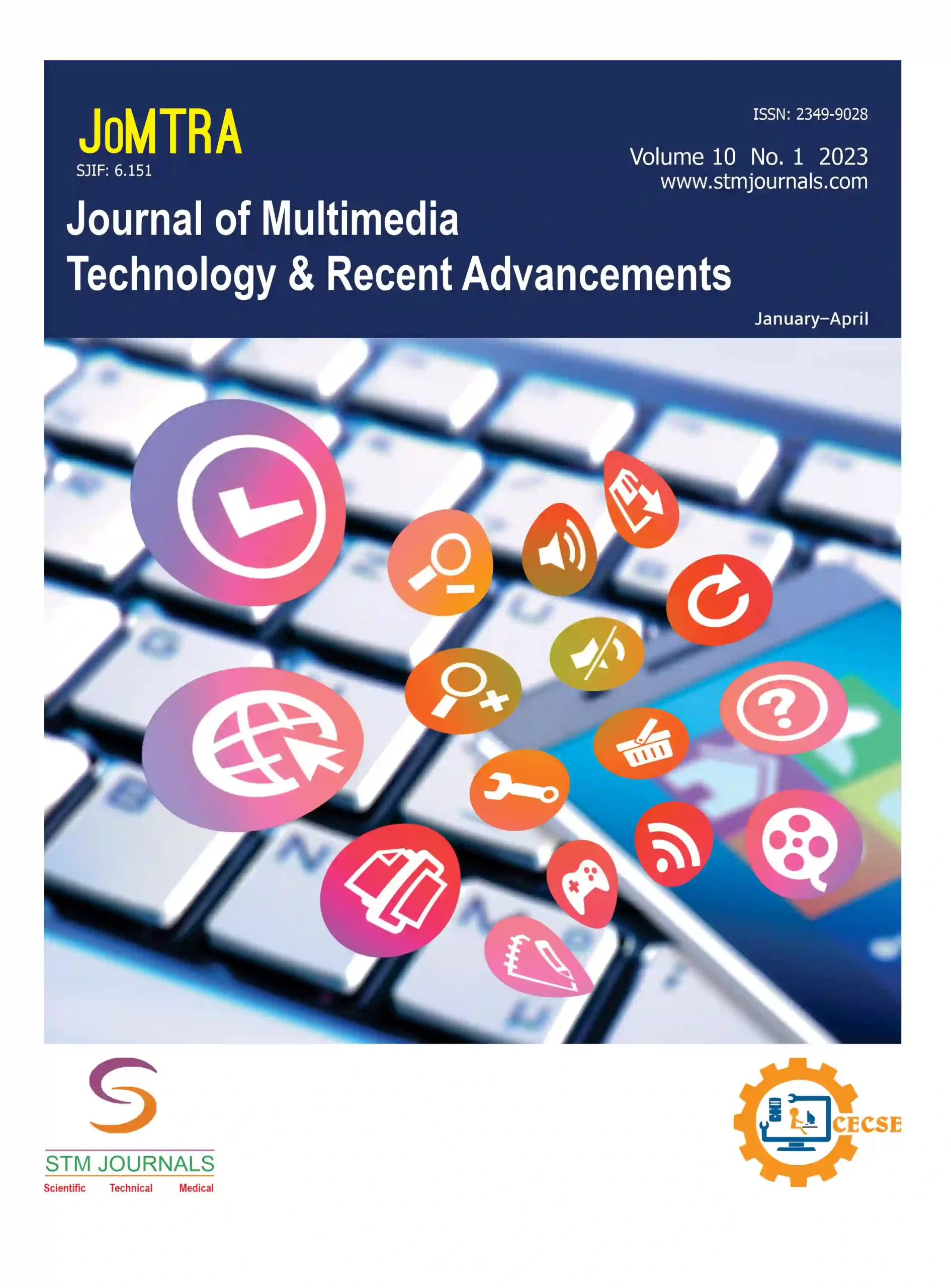Open Access

Adarsh Kumar Mishra,

Kaushal Kamalashankar Mishra,
- Research Scholar Thakur Institute of Management Studies India
Abstract
The e-signatures and remote online notarization application allows notary attorneys and anyone else who needs to certify electronic documents to use secure electronic notarization. E-notary software provides first-rate security and convenience method for both businesses and consumers who deal with notarizations on a regular basis. The software also allows for transparent access to documents that are waiting to be countersigned, as well as to those who have been granted access to sensitive documents. E-notary software can be used by any organization and professional that preliminarily needed notarization; a limited case of the documents that e-notary results can legalize includes property deeds, agreements, and affidavits, among others. The advantages of using an e-notary application include saving time and resources that would otherwise be allocated to the notarization process, providing inspection trails, and ensuring the data integrity of sensitive documents. Certain enotary results grease web conferencing functionality to allow for remote notarization.
Keywords: E-notary, e-signatures, remote online notarization, law, contract management software
References
1. National Government Service Portal [Online]. Available from https://services.india.gov.in/.
2. Government of India. Department of Legal Affairs. [Online]. Available from https://legalaffairs.gov.in/notary-cell
3. Government of India (2021). Ministry of Law & Justice: Department of Legal Affairs. [Online]. Available from https://legalaffairs.gov.in/sites/default/files/NOTARY-ONLINE.pdf. 4. Stark J, Nathan P, Papaconstantinou J, Lagerstrom P, Hope P. Building Android apps with HTML, CSS, and JavaScript. California: O’Reilly Media, Inc.; 2010 Sep 27. 5. Duckett J. Beginning HTML, XHTML, CSS, and javascript. John Wiley & Sons; 2011 Feb 17. 6. Reiniger T, Hunter R, Rogers Jr JT. The Rise of Online Notarization and Remote Witnessing as Legal Services: Implications for the Real Property and Probate Bars. Real, Prop, Tr Est L J. 2021 Mar 1; 56(1): 53–70. 7. Forder J. The inadequate legislative response to e-signatures. Comput Law Secur Rev. 2010 Jul 1; 26(4): 418–26.
8. Graux H. Rethinking the e-signatures directive: on laws, trust services, and the digital single market. Digital Evidence & Elec Signature L Rev. 2011; 8: 9–24. 9. Towle HK. E-Signatures: Basics of the US Structure. Hous L Rev. 2001; 38(3): 921. 10. Chodos M. The emergence of the online notary: Implications for the probate bar. Prob & Prop. 2019; 33: 59.

Journal of Multimedia Technology & Recent Advancements
| Volume | |
| Received | April 1, 2022 |
| Accepted | April 19, 2022 |
| Published | January 30, 2023 |

